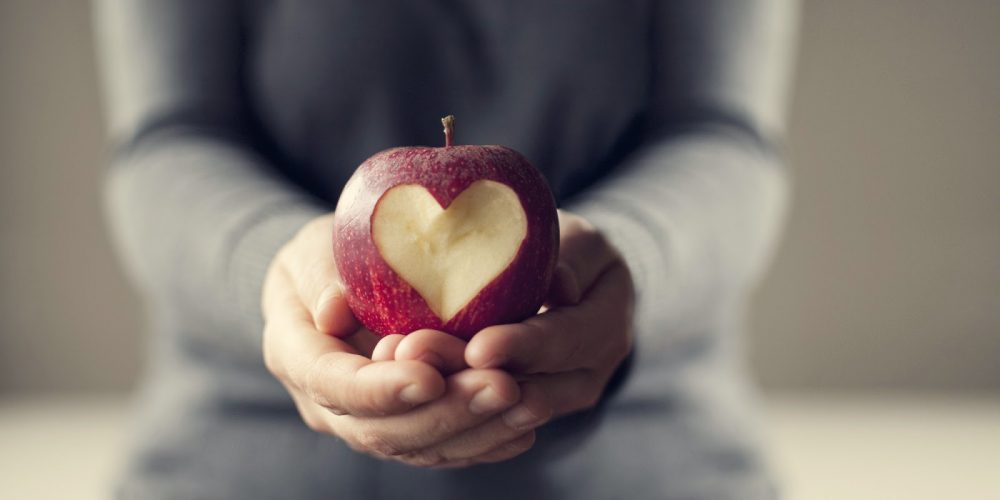
HDL (good) cholesterol acts like a housekeeper for your blood, mopping up excess LDL and tossing it in the trash (your liver) for disposal.
HDL-cholesterol (HDL-C), sometimes called the “good” or “healthy” cholesterol, is responsible for the transport of cholesterol from the blood and artery walls to the liver where it is converted to bile to be used for digestion or disposed of by the body. This “reverse cholesterol transport process” is believed to be helpful in preventing or reversing heart disease. HDL molecules have two main subclasses: HDL2 and HDL3 (Durstine & Haskell, 1994). The HDL3 molecule is synthesized in the liver and put into circulation to collect cholesterol. As the HDL3 molecule increases its cholesterol content, it becomes less dense and is classified as HDL2. HDL2 is then recycled in the liver and HDL3 is again released into circulation (Durstine & Haskell, 1994). When HDL-C levels are above 60 mg/dl the risk of heart disease is decreased. It is considered undesirable for HDL-C levels decrease below 35 mg/dl.
HDL also decreases inflammation and may protect against Alzheimer’s, too. How can you get more HDL (High-density lipoprotein)? Start with these ten strategies.
Weight Loss. Obesity results not only in increased LDL cholesterol, but also in reduced HDL cholesterol. If you are overweight, reducing your weight should increase your HDL levels. This is especially important if your excess weight is stored in your abdominal area; your waist-to-hip ratio is particularly important in determining whether you ought to concentrate on weight loss.
Cut out the trans fatty acids. Trans fatty acids are currently present in many of your favorite prepared foods — anything in which the nutrition label reads “partially hydrogenated vegetable oils” — so eliminating them from the diet is not a trivial task. But trans fatty acids not only increase LDL cholesterol levels, they also reduce HDL cholesterol levels. Removing them from your diet will almost certainly result in a measurable increase in HDL levels.
Alcohol. One or two drinks per day can significantly increase HDL levels. In a study, one drink (15g alcohol -what you will typically consume in a 330 ml bottle of beer at a 125ml glass of wine) was shown to reduce levels of bad cholesterol (low-density lipoprotein or LDL) and triglycerides in the blood. More than one or two drinks per day, one hastens to add, can lead to substantial health problems including heart failure — and there are individuals who will develop such problems even when limiting their alcohol intake to one or two drinks per day.
Add soluble fiber to your diet. Soluble fibersare found in oats, fruits, vegetables, and legumes, and result in both a reduction in LDL cholesterol and an increase HDL cholesterol. For best results, at least two servings a day should be used.
A daily 900 mg algae-based omega-3 supplement. Fish and other foods containing omega-3 fatty acids can also increase HDL levels.
Eat healthy, exercise daily, and don’t over drink. Such natural measures are preventive and can not only save your financial resources, but your life.
Ref: